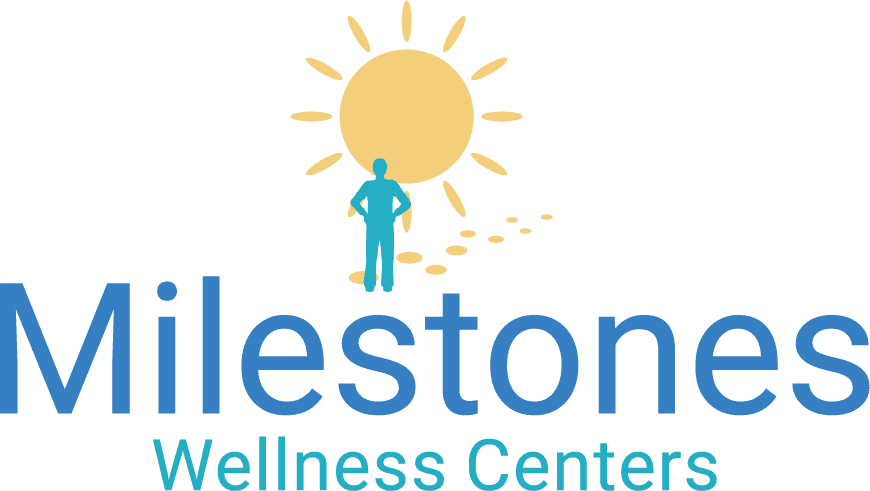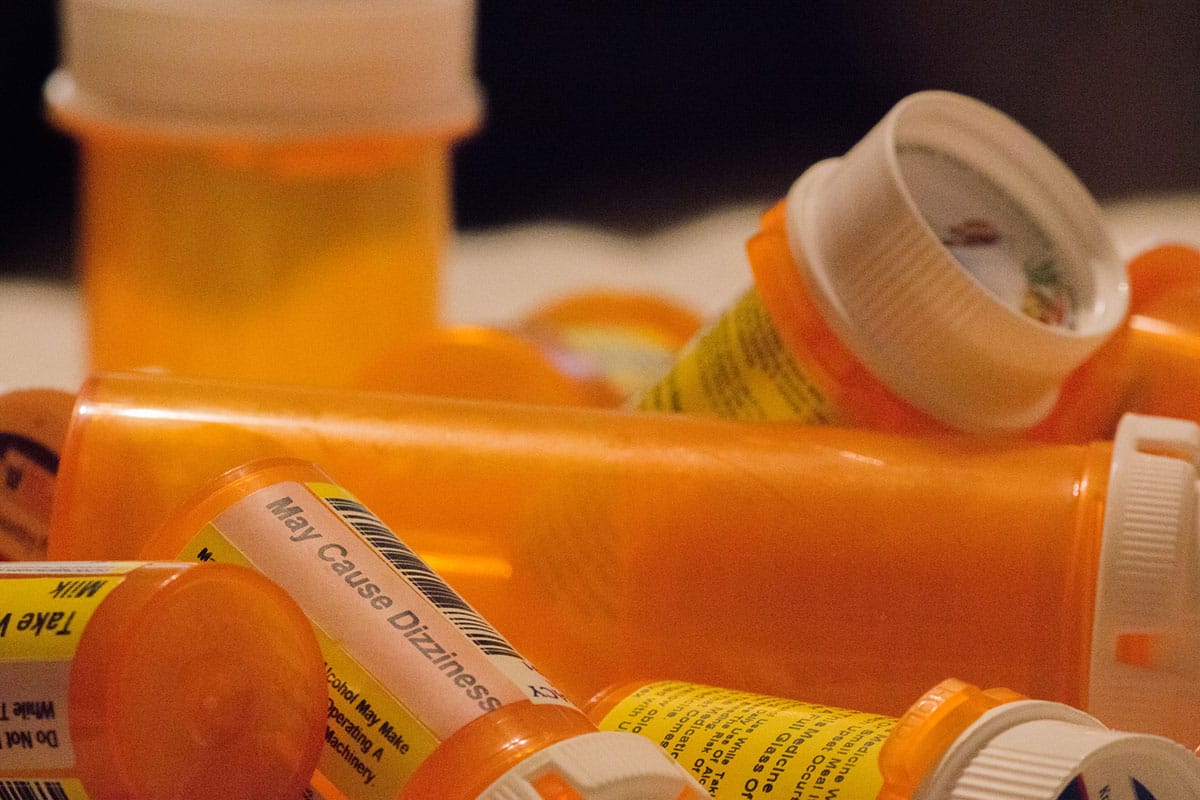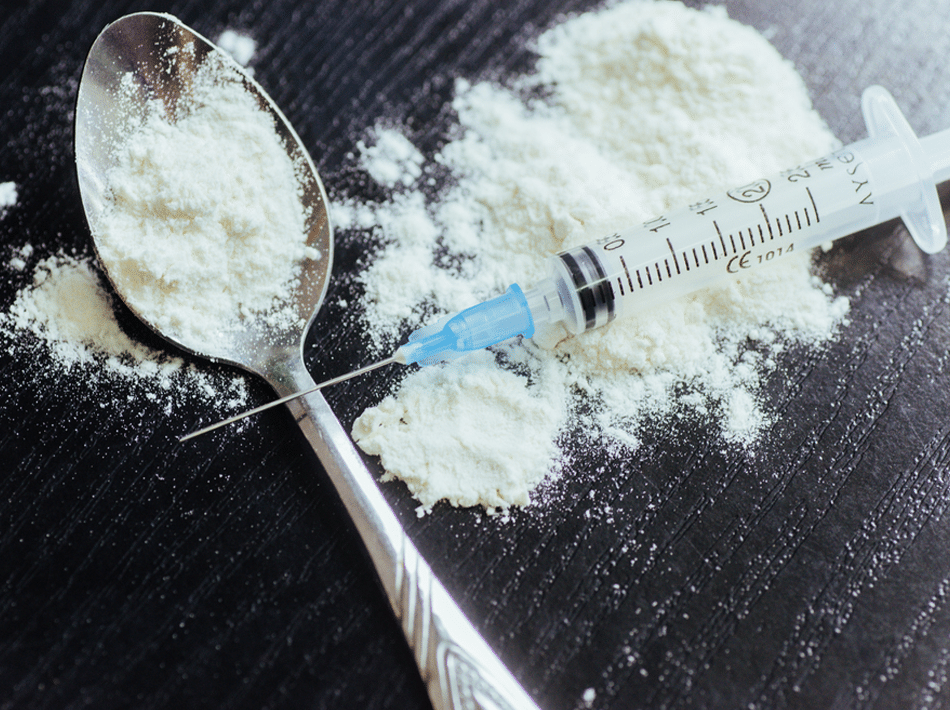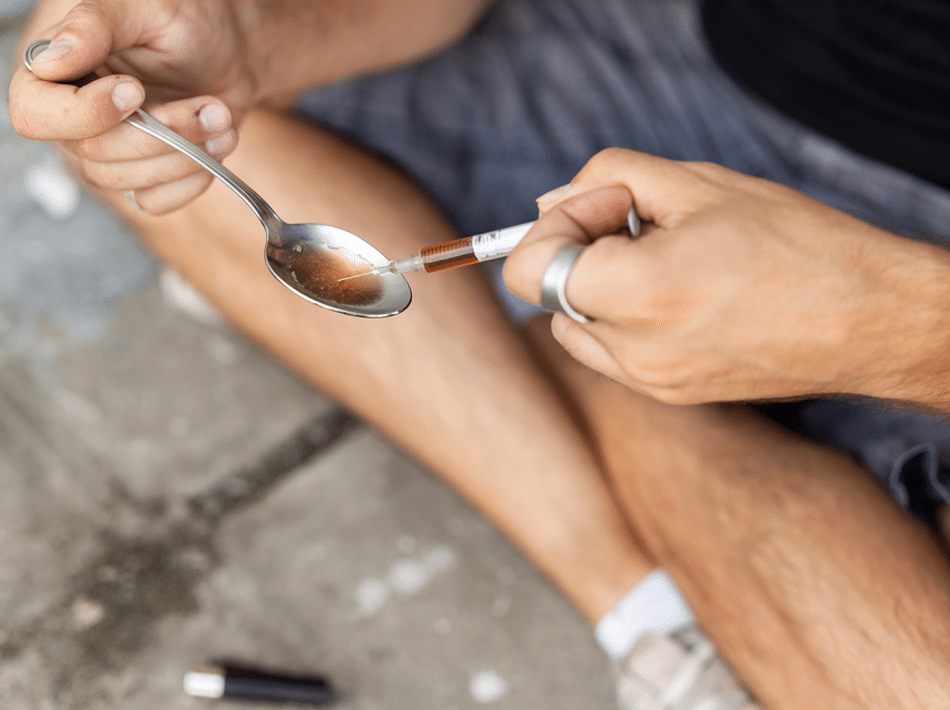The Opioid Epidemic or Opioid Crisis for United States started in the 1990s, with the reported data not appearing until around 1999. It is viewed that there are three waves to the Opioid Epidemic, with the first in 1990s with increases in fatal overdoses to prescription opioids. The second wave started in 2010 with a drastic increase in fatal overdoses to heroin. And lastly, the third wave which we are currently in, started in 2013 and there was a significant increase in fatal overdoses involving synthetic opioids, particularly fentanyl. It is well known that the start of the Opioid Epidemic was due to the overprescribing of pharmaceutical pain killers, such as OxyContin. As this epidemic has affected the entire United States, it is the areas in the Appalachian Mountains and those states which have seen the worst of this epidemic, including the state of Pennsylvania. Most of the areas that have been affected the worst are rural areas along the Appalachian Mountains. Luckily with the advancements of Telehealth and Telemedicine for Medications for Opioid Use Disorder (MOUD). As Telehealth MOUD is the correct terminology for the treatment many would search for this type of treatment as online Suboxone treatment or online Suboxone doctors.
Pennsylvania to many may not seem like a rural state when you think of the amount of sports teams and two major cities. Typically, individuals think of Southern or Mid-Western states when you think of rural areas, such as that of West Virginia. Pennsylvania is considered the third most rural state in the country, only surpassed by Texas and Ohio. The majority of the population of Pennsylvania comes from two areas which are the greater Pittsburgh region and Philadelphia. This leaves 75 percent of the state as considered as rural areas by the U.S. Census Bureau. There are 67 counties in the state of Pennsylvania of which 48 were classified as rural as of the 2010 Census. Outside of the two main metropolitan areas mentioned, Erie County as well as some of the surrounding counties of Philadelphia such as Cumberland, York, Monroe, and northern counties of Luzeme and Lackawanna are urban.
There are some other interesting aspects to Pennsylvania which will assist in explaining how rural the state is. Pennsylvania has the largest Amish population in the country. There are roughly 360,000 Amish living in 30 different states. Of that 87,000 Amish are residing in rural Pennsylvania. Any drive through the middle of the state of Pennsylvania you will commonly find road signs warning of horse driven carriages on the road, which belong to the Amish. Another very interesting fact about Pennsylvania is it has one of the seven best places on the planet for stargazing. This park is Cherry Springs State Park located in North-Central Pennsylvania just outside of Coudersport. So how does this show that Pennsylvania is a rural state? What obstructs you from seeing stars is ambient light from electric supplied lights in individual’s houses, stores, automobiles, or anything producing artificial light. Due to how rural the state is and the lack of individuals inhabiting the area leaves this area free of ambient light allowing on a clear night the viewing of up to 30,000 stars in the sky.
Reported by PAStop.org Pennsylvania is over double the National fatal overdose rate. In the United States there are 44 counties that have over one million residents. Of all those counties, Allegheny County (where the city of Pittsburgh is located) and Philadelphia County rank number one and number two for fatal overdoses. In the year 2017 in the state of Pennsylvania 1 out of every 37 individuals admitted to a hospital had admissions that were related to opioids. Some data takes a long time to be released as it must be quality checked, therefore current data for 2023 and even 2022 is not officially released at this time. Overall overdoses in 2021 in the United States were 106,699 with 80,411 of those overdoses involving an opioid or opiate. Of those involving opioids and opiates in 2021 there were 16,706 of those fatal overdoses involving prescription opioids. What has greatly changed and continues to increase fatal overdoses is synthetic opioids, specifically Fentanyl.
Fatal overdoses due to Fentanyl have greatly increased in the past few years. In 2021 Fentanyl was responsible for 66.2% of all fatal overdoses involving drugs. In 2013 Fentanyl was only responsible for 7.1% of the fatal drug overdoses. And it is expected that Fentanyl will be seen in even more of these overdoses as more data is reviewed and released for the past two years. The addition of other synthetic substances is also increasing the rates of fatal overdoses, such as that of the more recent addition of Xylazine into drugs, most commonly mixed with opioids such as Fentanyl. The increase in Xylazine being a contributing factor in fatal overdoses per the DEA between 2020 and 2021 in the Southern part of the United States was 1,127% which was an increase from 116 to 1,423. Overall, in the United States in 2020 Xylazine positive overdose deaths was 808 in the country to 3,089 in 2021. And it is expected this number will continue to grow for 2022 and 2023.
With all this information on how strongly Pennsylvania is impacted by the opioid epidemic, what can be done to help? First, it is important to understand some of the barriers to treatment which can impact everyone, but especially so to those in rural areas. A common problem for those desiring treatment in rural areas is a lack of available treatment providers, often having a complete absence of actual medical offices and treatment facilities in their towns or counties. Many individuals looking to start treatment and ceasing active addiction are not in a position in life where transportation is easy, if at all feasible on a consistent basis. In the event someone does not have their own transportation or have another to help, those in rural areas often have limited or no access to public transportation. This issue alone can prevent making it to traditional treatment modalities, such as an in-person doctor, almost impossible. Also, in Pennsylvania winter weather can make travel very difficult impacting availability of treatment during those times. The concerns over weather alone can completely stop an individual from traditional treatment modalities regardless of their access to transportation. Some people may also have scheduling concerns with when their work is scheduled, and it conflicts with the availability of an in-person office visit. Many people do not have the ability to miss work monthly or multiple times a month. Even if they have the availability to miss work, they may not be able to take the financial loss from the time spent commuting to an office visit as well as the time the visit takes.
What is the solution to help those in need? It is simple, it is all about getting treatment options out to those that need them. The advancements in Telehealth or Telemedicine with Medications for Opioid Use Disorder (MOUD) or previously called Medication Assisted Treatment (MAT) can greatly assist many individuals and remove barriers to treatment. With Telehealth the ability to have appointments remotely can be a solution to many of the previously listed concerns of residents of Pennsylvania regarding treatment for Opioid Use Disorder. Telemedicine or Telehealth for MOUD or as commonly referred to as online Suboxone treatment. It is more advanced than the simple name would imply but is using remote technologies to make treatment more available. With Telehealth this removes the barrier with transportation as the appointments can be completed anywhere the patient is at the time of the appointment. It is important to note that this does not remove the barrier of needing to make it to a pharmacy to get any prescribed medications. However, there is often a pharmacy closer to any patient than treatment facilities, especially for those in rural areas such as Pennsylvania.
Telemedicine can also assist those that have scheduling issues with work. By removing the commuting time, this greatly decreases the time required for an appointment. And some facilities, such as Milestones Wellness Centers, which run efficiently, and the appointments are on time allow for appointments to be briefer due to less time waiting. This would allow a person to complete their appointment on a break at work. Even drug testing can be done from the convenience of your own home, or from somewhere like inside your vehicle or a breakroom at work. There are many Telehealth and Telemedicine, or online suboxone doctors, which use urine at home screenings. This is not a secure method for testing as accurate and more advanced testing is just for the safety of the patients as well as assisting the facility. Even more advanced testing can be done remotely and quickly, often taking less than 10 minutes per drug test.





